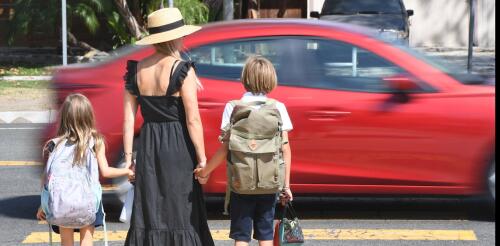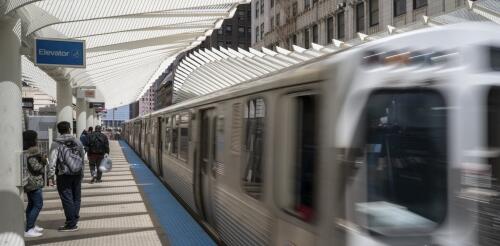Urban policy
“Can you name the truck with four-wheel drive, smells like a steak, and seats 35?” Back in 1998, “The Simpsons” joked about the Canyonero, an SUV so big that they were obviously kidding. At that time, it was preposterous to think anyone would drive something that was “12 yards long, two lanes wide, 65 tons of American Pride.” In 2024, that joke isn’t far from reality. And our reality is one where more pedestrians and bicyclists are getting killed on U.S. streets than at any time in the past 45 years – over 1,000 bicyclists and 7,500 pedestrians in 2022 alone. Vehicle size is a big part of this problem. A recent paper by urban economist Justin Tyndall found that increasing the front-end height of a vehicle by roughly 4 inches (10 centimeters) increases the chance of a pedestrian fatality by 22%. The risk increases by 31% for female pedestrians or those over 65 years, and by 81% for children. It’s hard to argue with physics...
Public transit systems face daunting challenges across the U.S., from pandemic ridership losses to traffic congestion, fare evasion and pressure to keep rides affordable. In some cities, including Boston, Kansas City and Washington, many elected officials and advocates see fare-free public transit as the solution. Federal COVID-19 relief funds, which have subsidized transit operations across the nation at an unprecedented level since 2020, offered a natural experiment in free-fare transit. Advocates applauded these changes and are now pushing to make fare-free bus lines permanent. But although these experiments aided low-income families and modestly boosted ridership, they also created new political and economic challenges for beleaguered transit agencies. With ridership still dramatically below pre-pandemic levels and temporary federal support expiring, transportation agencies face an economic and managerial “doom spiral.” Free public transit that doesn’t b...

